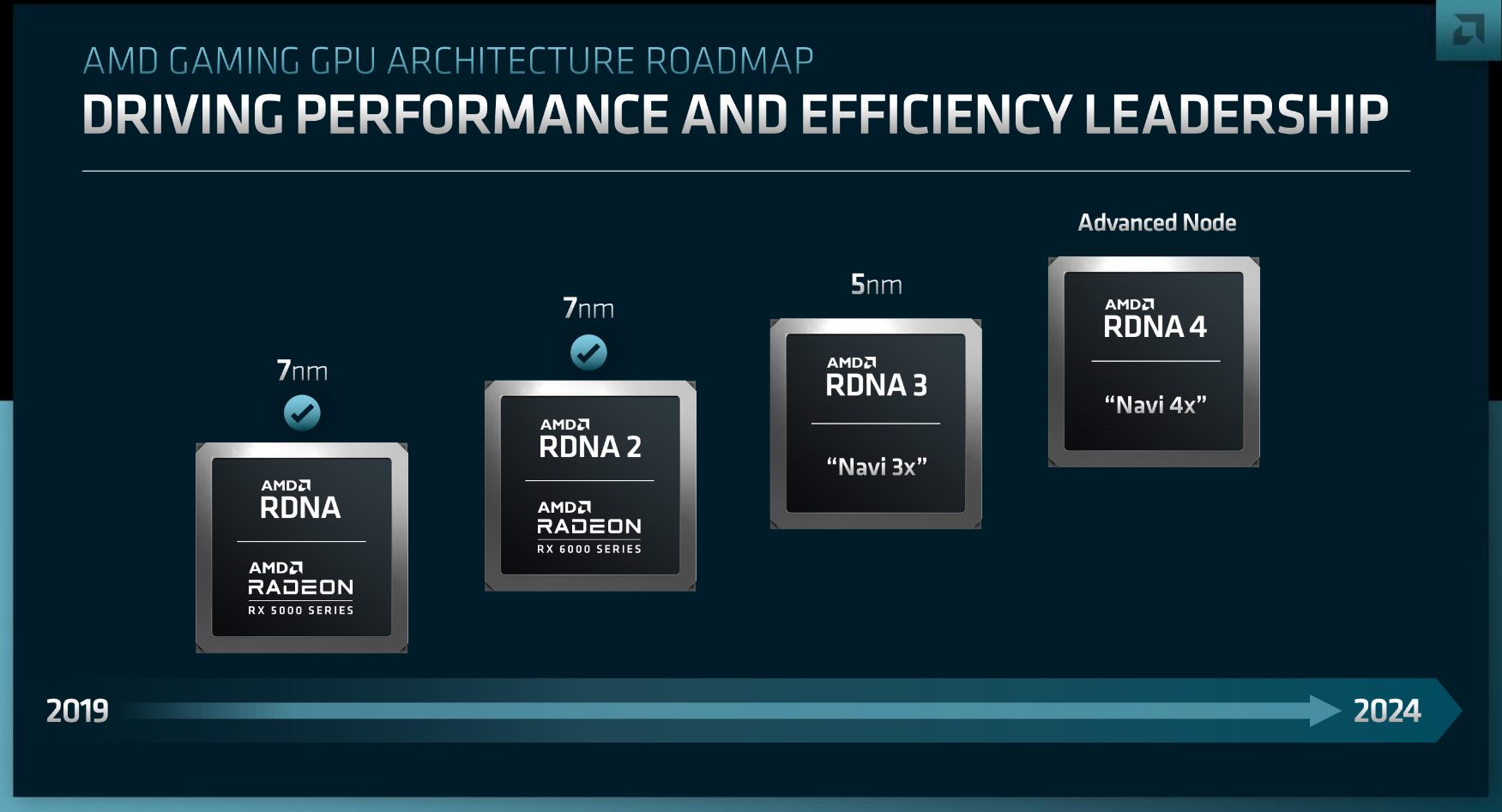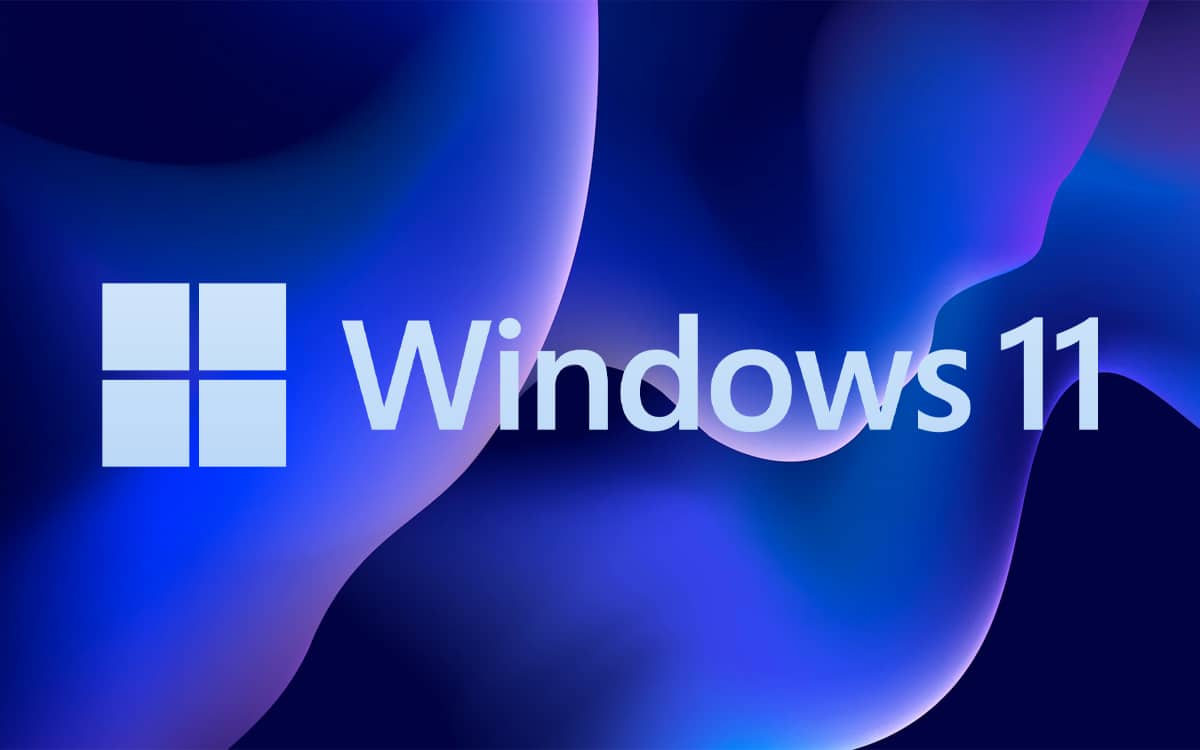
The Radeon RX 7000, based on the new generation RDNA3 architecture, was another of the most interesting topics that AMD touched on during yesterday’s Financial Analyst Day 2022. During the event David Wang, Senior Vice President of Engineering at Radeon Technologies Group, confirmed that these new graphics cards will use a chiplet type designwhich will lead to the abandonment of the monolithic kernel design.
On this subject, it is important to note that that abandonment could be partial, that is, the jump to a multichip module design could be limited to the high-end Radeon RX 7000, that is, the Radeon RX 7900 XT and Radeon RX 7800 XT. The Radeon RX 7700 XT and below would retain a monolithic core design because, using less complex GPUs and lower shader counts, they would be perfectly viable on the wafer under such a design.
Not yet confirmed the exact distribution that AMD will make of the chiplets that will give life to the RDNA3 architecture, but according to the most recent leaks that I have had the opportunity to see, we could find the following division:
- Two large chiplets that would make up a super GPU.
- Four smaller chiplets where the L3-type infinite cache memory (64 MB per chiplet) would be integrated.
- A chiplet with all the I/O elements.
If this is true, we would have, in total, seven chipletsand there is no doubt that it would be one of the greatest advances by AMD in the graphics sector in recent years, but it would not be the only one, as we will see below.
The Radeon RX 7000 could use new CUs with 128 shaders
In case someone has gotten lost, I remind you that the CU is the base unit used by AMD GPUs, and is the direct equivalent of the NVIDIA SM units. Under the RDNA2 architecture, a CU has 64 shaders, 4 texturing units and a ray tracing accelerator unit. Well, the RDNA3 architecture used in the Radeon RX 7000 will use a completely redesigned CU, which seems to indicate that AMD could make the leap to a configuration of 128 shaders.
Note that this is not confirmed, but it really does make a lot of sense. On the other hand, it may also be that this redesign is linked to the jump to an MCM configuration, which means that the 64 shaders could be kept and that the changes would be limited to other minor adaptations, but necessary, for that configuration to be viable. It won’t take long to find out, as the launch of the Radeon RX 7000 is expected for the fourth quarter of this year.
On the other hand, AMD has also confirmed that the Radeon RX 7000 will use the TSMC 5nm node, although we are aware that some models could use the 6nm node, and ensures that the RDNA3 architecture will improve performance per watt consumed by 50% against RDNA2. What does this mean? Well, very simple, that a graphical solution based on the RDNA3 architecture that consumes the same as another based on RDNA2 can yield up to 50% more.
The RDNA3 architecture will fallback to the infinite cache, as we have already indicated when talking about the distribution of chiplets, but with two important peculiarities. The first is that AMD defines it as “new generation”, which means that it could bring improvements in latencies to increase performance, and that it will also have a greater capacity, since it will go from a maximum of 128 MB to 256 MB.
In the attached roadmap we can see that the successor to RDNA3 will be the RDNA4 architecture, and that its release should be produced between 2023 and 2024. We still don’t have details about that future graphics generation.





